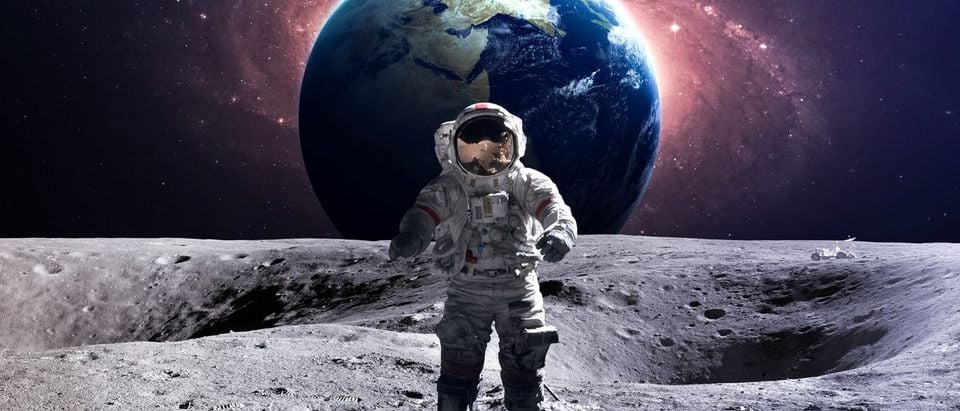China opened a “lunar palace” training center Wednesday in preparation for sending astronauts to the moon sometime in the 2030s.
Four postgraduate astronautics research students from Beihang University are living in the 1,720-square-foot cabin, according the state-run Xinhua news agency. The students are testing if China’s Bioregenerative Life Support System (BLSS) can support future astronauts on the moon or Mars.
“The BLSS is absolutely crucial to probes to the moon and to Mars,” Liu Zhiheng, a researcher at the Chinese Academy of Sciences who helped design the lunar palace, told Xinhua. “The latest test is vital to the future of China’s moon and Mars missions and must be relied upon to guarantee the safety and health of our astronauts.”
The palace has one major living space approximately the size of a small apartment and two “plant cabins” where food is grown and oxygen is created to support the students for the next 200 days with no input from the outside world. The palace represents the “world’s most advanced closed-loop life-support technology so far,” state media outlet CCTV said.
China and the European Space Agency (ESA) announced a possible partnership to build a base on the moon last month. China wants to join the ESA’s Moon Village” plan, which would put a base on the moon starting in 2020 to mine minerals and provide a refueling station for future Mars missions. The ESA also hopes its moon base will attract paying space tourists.
China is pouring billions into its military-run space program in an attempt to catch up to the U.S. and Europe. China says it will use space for peaceful purposes like scientific research, but also to guarantee national security and prestige.
China will invest $2.17 billion into its space program between 2026 and 2030, about three to four times more than the $695 million it spent from 2011 to 2016. The country’s annual space budget is comparatively less than NASA., but the U.S. space agency spends more on programs not directly related to space exploration.
In December, China announced plans to land a probe on Mars by 2020. If the country successfully lands the probe on Mars, it will be the second nation in human history to do so. Both Russian and the European Union have repeatedly failed to operate a probe on Mars. No country besides the U.S. has successfully operated a probe on Mars for longer than 14.5 seconds.
After its first manned mission in 2003, China staged a spacewalk, landed a rover on the moon, increased space cooperation with European countries, and launched a test space station. The country has launched a total of five crewed flights since 2003 and launched its second space station into orbit earlier in September.
Studies show the U.S. could return to the moon within five to seven years and build a permanent base after that. Currently, NASA has no plans to return astronauts to the surface of the moon. President Donald Trump announced plans in February to return astronauts to the moon’s orbit in 2019.
Send tips to andrew@
All content created by the Daily Caller News Foundation, an independent and nonpartisan newswire service, is available without charge to any legitimate news publisher that can provide a large audience. All republished articles must include our logo, our reporter’s byline and their DCNF affiliation. For any questions about our guidelines or partnering with us, please contact licensing@dailycallernewsfoundation.org.


